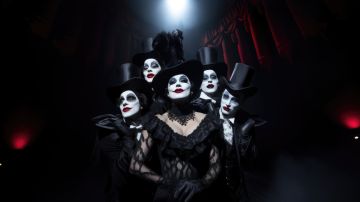There are certain films that transcend time and trends, becoming timeless classics that are cherished across generations. Whether it’s a black-and-white drama from the 1940s, a ground-breaking sci-fi epic, or a heartwarming animated tale, these films seem to never lose their charm. But what exactly makes a movie timeless? Is it the story, the characters, the direction, or a combination of all these elements?
In this article, we’ll dive into the secret sauce that makes certain movies endure through the years, remaining relevant and powerful regardless of changing cultural norms, technology, or filmmaking techniques.
One of the core reasons some movies stand the test of time is their ability to explore universal themes that are relatable no matter when the movie is viewed. Movies that tackle human emotions and experiences, like love, loss, hope, identity, and the struggle for freedom, speak to audiences across generations.
For example, films like Casablanca (1942) and Gone with the Wind (1939) explore themes of love, sacrifice, and moral dilemmas during wartime, which resonate with viewers even decades after their release. Similarly, films like The Wizard of Oz (1939) and Star Wars (1977) use timeless themes of good vs. evil and the hero’s journey, which still captivate viewers today.
The universality of the human condition allows audiences from any era to connect with the story on a personal level, no matter how much time has passed since the movie was first released.
Another key element in creating a timeless film is the development of memorable characters that leave a lasting impression. These characters often embody qualities that are universally relatable or inspiring—whether it’s the flawed yet lovable hero, the tragic anti-hero, or the unassuming everyman thrust into extraordinary circumstances.
For instance, characters like Indiana Jones from Raiders of the Lost Ark (1981) and Forrest Gump from Forrest Gump (1994) become iconic because they offer a sense of authenticity and humanity, drawing audiences in emotionally. The performances behind these characters are also crucial—great actors often elevate these roles into something extraordinary. Think of Audrey Hepburn in Breakfast at Tiffany’s (1961) or Marlon Brando in A Streetcar Named Desire (1951)—their performances are unforgettable and continue to influence actors today.
These iconic characters and their performances allow the film to live on because audiences not only remember the movie’s plot but also develop a deep connection with the people on screen.










